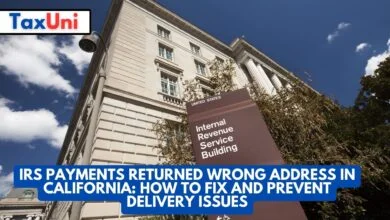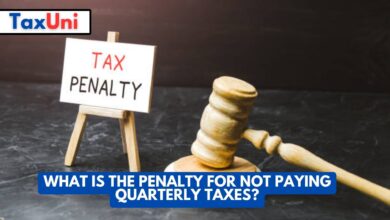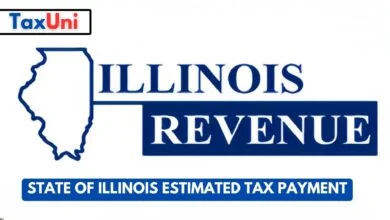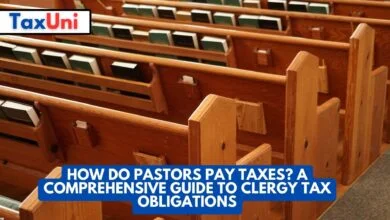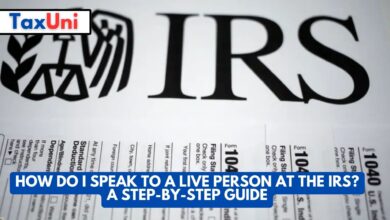2210 Form
Are you a taxpayer who failed to pay the required estimated tax and doesn't qualify for an exemption or waiver? You must file Form 2210. This article will help you understand what Form 2210 is and how to fill it out.

The IRS requires taxpayers to pay certain taxes by specified deadlines, and failure to do so can result in monetary penalties. 2210 Form is used by individuals (as well as estates and trusts) to determine if they owe an estimated tax penalty and, if so, to calculate the amount of that penalty. In some cases, the taxpayer may be able to avoid having to file this form by paying their estimated taxes on time. Generally, taxpayers are exempt from underpayment penalties if their tax liability at filing time is less than $1,000 or they have paid enough in quarterly estimated tax with Form 1040-ES to cover the tax due. Taxpayers may also qualify for a waiver if they are age 62 or older and retired or disabled or have a financial hardship.
How to Fill out 2210 Form?
- To figure your underpayment, you’ll use Form 2210. First, fill out all of the required information on the first section of the form. This includes your prior year’s taxes on line 24 of your 1040 and the current year’s tax on lines 2 through 4. On line 5, enter your maximum required annual payment, which is based on your prior year tax. On line 6, enter the total from line 5 minus line 4. If this amount is less than $1000, you don’t have to file Form 2210.
- In Part II, select the correct choice from five choices based on your income. If your selection isn’t right, you’ll need to fill in Schedule AI to get the correct calculation. For example, if you’re an employee with wages and federal income tax withholding, you’ll choose code B for this part. If you’re a self-employed person, you’ll use Schedule C.
- If the total tax in line 5 is more than the amount in line 9 for any year, you must figure a penalty using Form 2210. Then you must complete part III and enter it on your return. This method is the regular one used to figure underpayment penalties.
- If the value on line 4 or 7 is less than $1,000, the taxpayer does not owe any penalty. However, if the value on line 8 is higher than this figure, then the taxpayer must complete a calculation to figure out their penalty. Whether or not the taxpayer must complete this calculation depends on their situation and the options they have selected in Part II of Form 2210.
- If box B, C, or D is checked, the taxpayer must use Schedule AI to figure out the required installments using the annualized income installment method. This method is used if the taxpayer’s income was received unevenly throughout the year, for example, if they operated their business on a seasonal basis or had large capital gains late in the year.
- On the next page of Form 2210, you’ll enter your total underpayment on line 1. Then you’ll find the underpayment rate in column (b).
- Finally, you’ll add up all the other taxes you owed during the year on lines 2 and 3. This includes your self-employment tax from Schedule SE, your tax on lump-sum distributions from retirement plans, and any tax from Form 4972, Tax on Investment Income; Form 8814, Parents’ Election to Report Child’s Interest and Dividends; and Form 1120, Tax Return for an Individual.
If applicable, you’ll also include your share of partnership and S corporation income or loss on these forms. If your underpayment is more than $1000, you must use this form to figure the penalty. However, the IRS will automatically waive the penalty if your underpayment is less than $1000.
